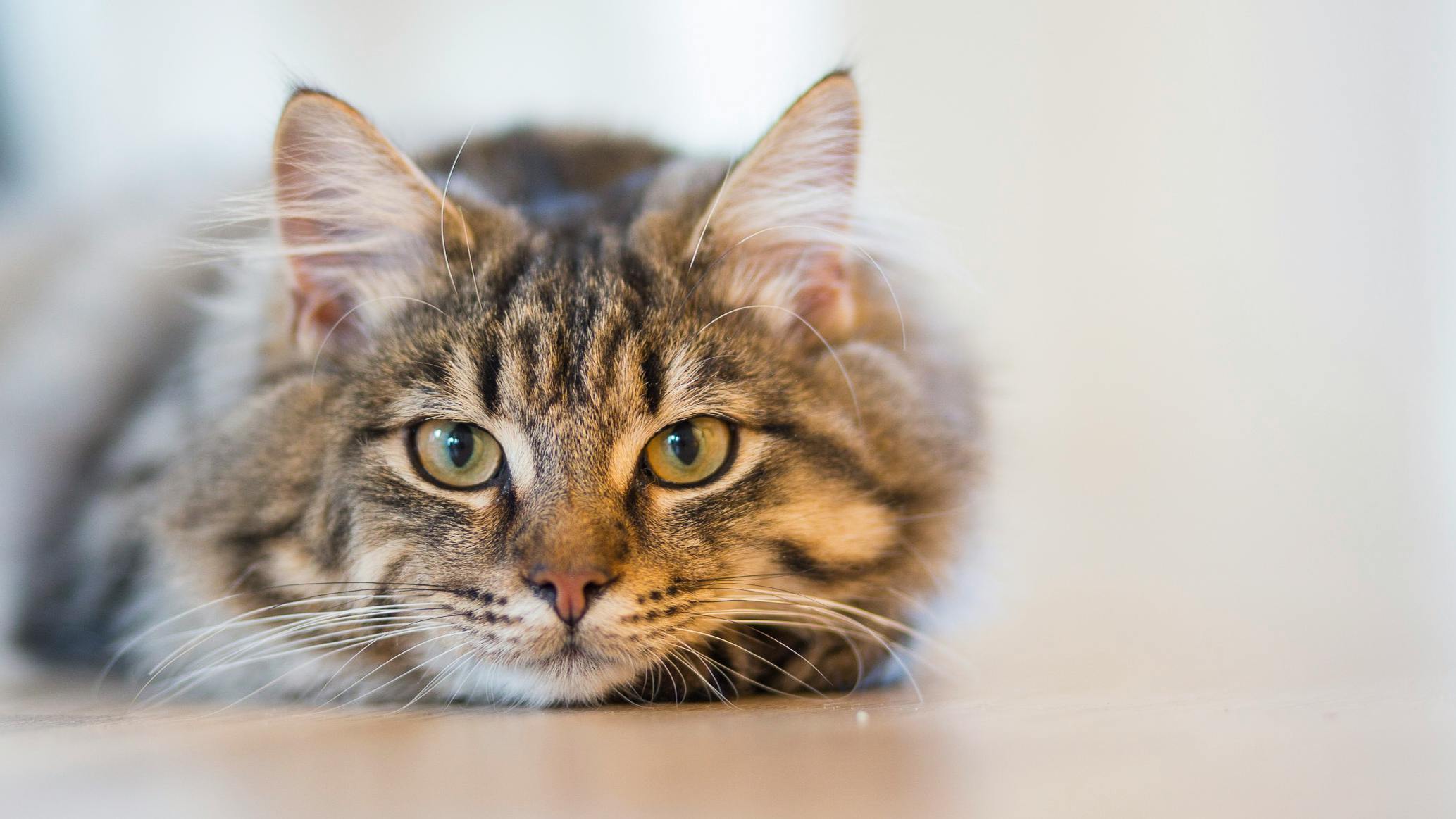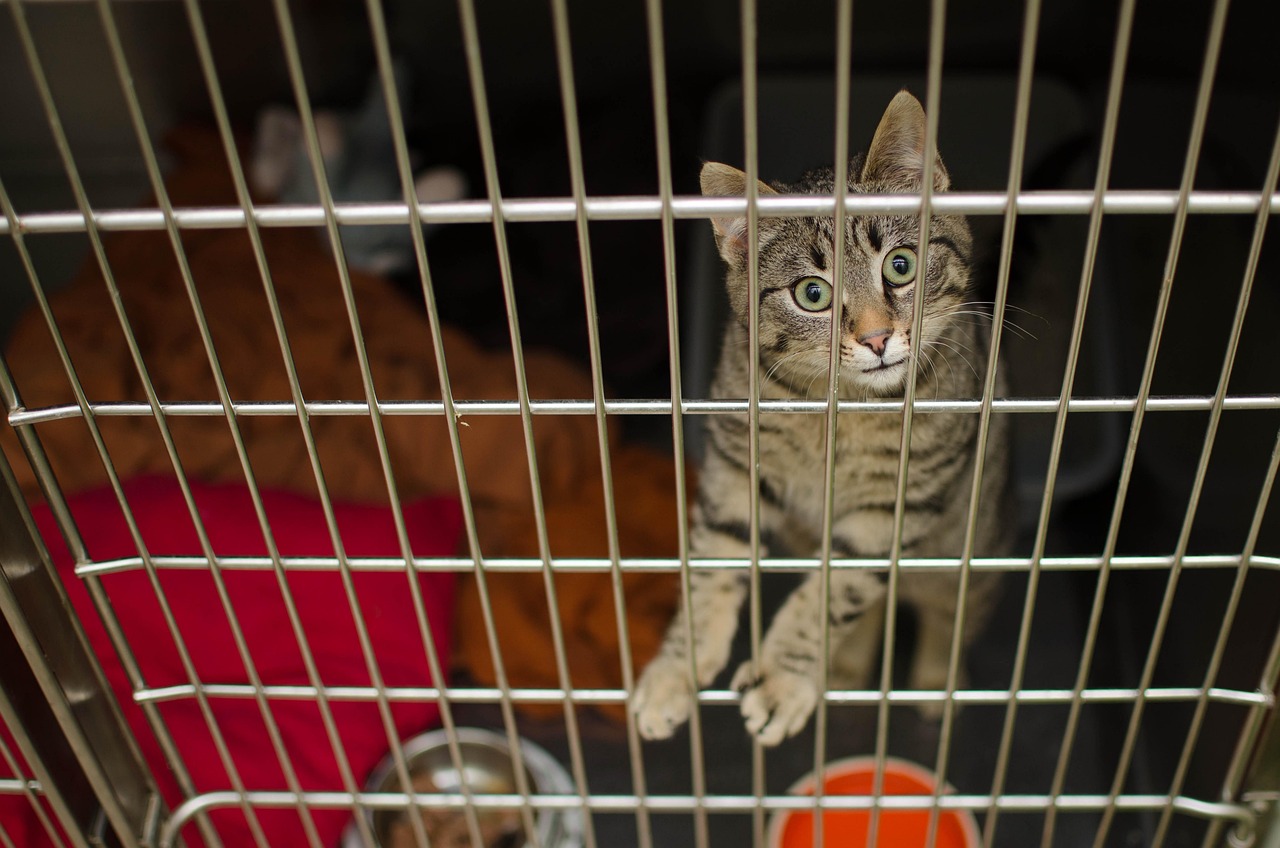
Seeing your cat throw up blood can be scary. Whether it’s a few red streaks or a larger amount, blood in vomit is usually a sign that something’s wrong. In this article, you’ll learn what it means when your cat throws up blood, what could be causing it, and what to do next.
We’ll also explain when you can try home care and when it’s time to visit the vet. If your cat is also showing signs like weakness, not eating, or vomiting often, don’t wait—get help right away.
What Does It Mean When a Cat Throws Up Blood?

The medical term for vomiting blood is hematemesis. Blood in your cat’s vomit can be bright red or look like dark brown coffee grounds. Both forms are serious but can point to different causes:
- Bright red blood usually means fresh bleeding, often from the mouth, throat, or upper stomach.
- Dark or brown blood may come from the stomach or intestines. It means the blood has been digested, so the problem may be deeper in the digestive system.
Even if it’s just a little, blood in vomit is not normal and should not be ignored.
Common Causes of Blood in Cat Vomit
Many things can cause your cat to throw up blood. Some are minor, while others are medical emergencies. Here are the most common reasons:
1. Swallowing Something Sharp
Cats are curious and might chew on or swallow items like string, plastic, or bone shards. These can scratch or tear the inside of the stomach or throat.
2. Stomach Ulcers
Ulcers are open sores in the stomach lining that can bleed. They may be caused by stress, certain medications, or other health issues.
3. Toxins or Poisons
Eating toxic plants, chemicals, or human medications can cause bleeding in the stomach or intestines.
4. Severe Infections
Viruses or bacteria in the gut (like feline panleukopenia or salmonella) can damage the lining of the stomach or intestines.
5. Parasites
Some worms, like hookworms, attach to the gut and feed on blood, which can cause internal bleeding.
6. Cancer or Tumors
Tumors in the digestive system may bleed, especially if they are large or irritated.
7. Liver or Kidney Disease
These organs help filter toxins. When they aren’t working right, they can cause vomiting, sometimes with blood.
8. Clotting Problems
If your cat has a blood clotting disorder or has eaten rat poison, it may bleed internally and vomit blood.
Other Signs to Watch For

If your cat is throwing up blood, you should also look for other symptoms. These can help your vet figure out what’s wrong.
- Loss of appetite
- Weakness or low energy
- Pale gums
- Weight loss
- Bloody or black stools
- Diarrhea
- Fever
- Trouble breathing
- Swollen belly
If your cat shows any of these along with vomiting blood, it’s time to get to the vet right away.
How It’s Different from Other Vomiting
Cats sometimes throw up food, foam, or yellow bile. If you’ve seen your cat throwing up yellow liquid, that usually means the stomach is empty and bile is being released. While yellow vomit can be caused by minor issues like hairballs or an empty stomach, blood in vomit is more serious.
The main difference is that blood—especially in large amounts or with other symptoms—almost always points to a deeper health issue.
What to Do If Your Cat Is Throwing Up Blood
If you see blood in your cat’s vomit, stay calm but act quickly. Here’s what to do:
Step 1: Check the Vomit
Look at the color and texture. Is the blood bright red or dark? Are there food pieces, foam, or hairballs? Take a picture to show the vet.
Step 2: Keep Your Cat Calm
Stress can make vomiting worse. Put your cat in a quiet, safe place and monitor their behavior.
Step 3: Don’t Offer Food Right Away
Wait a few hours before giving food. If vomiting stops, offer a small amount of bland food (like plain boiled chicken) and water.
Step 4: Call the Vet
If you see more than a tiny amount of blood, or if your cat is acting sick in any way, contact your vet right away. Describe the vomit, symptoms, and anything your cat may have eaten.
What Your Vet May Do
When you bring your cat to the vet, they’ll run tests to figure out what’s going on. This might include:
- Physical exam: To check for pain, injuries, or swelling
- Blood tests: To look at organ function and rule out infections
- X-rays or ultrasound: To look for blockages or tumors
- Fecal tests: To check for parasites
- Endoscopy: To look inside the stomach with a small camera
Depending on the cause, treatment may include:
- IV fluids to treat dehydration
- Anti-nausea medication
- Stomach protectants or antacids
- Antibiotics for infections
- Surgery if something is stuck or torn
- Special diets for ulcers or chronic problems
Home Care After Vomiting Blood
If your cat is sent home after a vet visit, follow these care tips:
- Give medications exactly as prescribed.
- Feed bland, easy-to-digest food (like vet-recommended wet food or boiled chicken and rice).
- Keep your cat in a calm, quiet space to rest.
- Watch for more vomiting, changes in poop, or signs of pain.
If symptoms come back or get worse, call your vet again right away.
Can You Prevent It?
While not all causes of bloody vomit can be avoided, there are things you can do to lower the risk:
- Keep harmful items out of reach. This includes string, thread, bones, and toxic plants.
- Feed high-quality food that’s right for your cat’s age and health.
- Don’t give human medications. Even small amounts can be dangerous.
- Stay up to date on vaccines and deworming treatments.
- Take your cat for regular vet checkups to catch health issues early.
When to Go to the Emergency Vet
Go to the emergency vet immediately if your cat:
- Is vomiting large amounts of blood
- Has pale gums or is very weak
- Collapses or acts confused
- Hasn’t eaten or drunk anything in 24 hours
- Has other serious symptoms like bloody diarrhea or breathing trouble
These signs can point to life-threatening conditions and need fast treatment.
Final Thoughts
Blood in your cat’s vomit is always a reason to pay attention. While it might be caused by something treatable like a parasite or a minor injury, it could also be a sign of something much more serious. Even if your cat is throwing up yellow liquid and then starts showing blood, that’s a sign that things may be getting worse.
Always take note of your cat’s behavior, look at the vomit carefully, and don’t hesitate to call the vet. Catching problems early can help your cat recover faster—and could even save their life.
